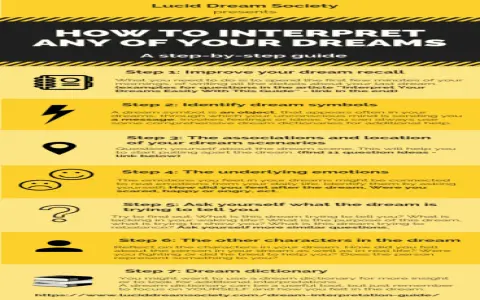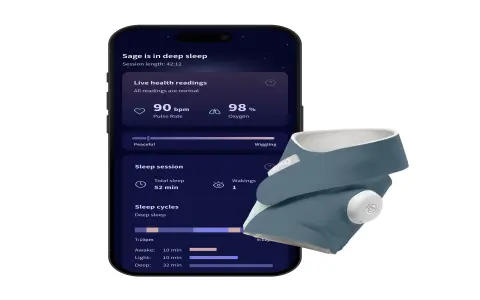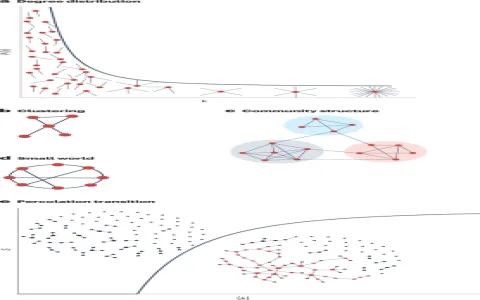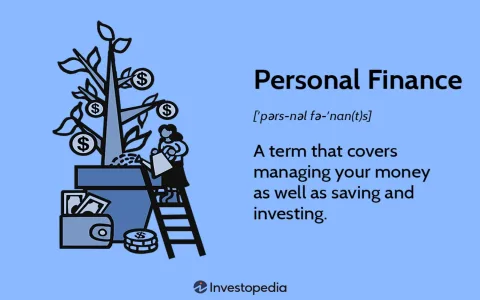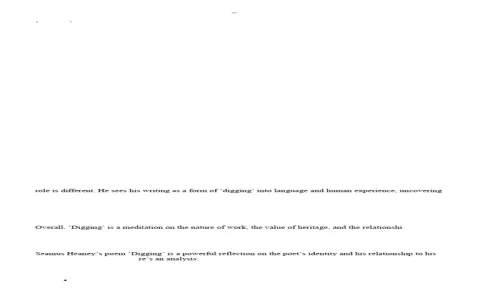The Unexpected Invasion: Why I Logged My Dreams Like Ad Revenue
Man, let me tell you, I was absolutely losing it a few months back. I’m usually pretty good at shutting my brain off, but suddenly, my sleep started feeling like a horrible infomercial marathon. I would wake up, not relaxed, but humming some awful jingle or, worse, feeling this intense, irrational need to buy a specific, totally useless gadget. I felt like my subconscious brain was just being rented out to the highest bidder. It wasn’t just dreaming; it was targeted marketing while I was vulnerable. I had to figure out what was happening, so I decided to treat my dreams like a weird, unsolicited focus group and log the whole mess.
My first step wasn’t rocket science; it was just plain paranoia. I grabbed a cheap notebook and a timer. I needed to document the exact media input I consumed in the ninety minutes right before I shut down for the night. This meant I stopped watching TV on the couch. I switched everything to my desk. I tracked everything: the side banner ads on news sites, the pre-roll on those short videos, even the background noise from my spouse watching some reality show downstairs. I needed hard data on the sensory overload. I meticulously wrote down:
- The dominant color scheme (was it neon blue, warm yellow, or minimalist black?)
- The core emotional trigger (urgency, envy, security, or humor).
- Any unique sounds or repetitive musical loops (the jingle or sound effect).
This tracking was a massive pain, but I needed to build my “Input Log.” I had to know exactly what was bombarding me right before lights out.
Setting the Trap: Capturing the Subconscious Commercial
Next came the brutal part: capturing the dream content before it dissolved. Anyone who has tried serious dream journaling knows that the second you open your eyes, 90% of the memory vanishes. I couldn’t waste time fumbling for a pen or unlocking my phone. I slapped a voice recorder right next to my pillow, set to activate instantly. I trained myself that if I woke up in the middle of the night, or right when the alarm went off, the very first thing I did—before even thinking about what time it was—was mash the record button and just start rambling.
I didn’t try to make sense of the story; I just vomited out the sensory details. “Bright red truck… loud whoosh sound… feeling of needing to run fast… a woman laughing in a high pitch.” This became my “Dream Output Log.” For about two weeks, my bedroom was a data collection lab and I sounded like a crazy person talking to myself at 3 AM.
When I finally sat down to cross-reference the two logs, that’s when the real work started. It was like being a detective trying to match a tiny piece of debris to a huge crash site. I quickly discovered that my brain wasn’t playing the commercials back in HD. It was only absorbing the essence—the most effective manipulative trigger the ad agency had planted.
The Simple Interpretation Guide I Cracked Out
I spent an entire weekend just sorting through the connections. Sometimes I’d watch a furniture commercial with a smooth, relaxing jingle, and then I’d dream about floating effortlessly. Sometimes I’d watch five seconds of a high-energy energy drink ad, and my dream would be nothing but intense, disorienting flashing lights. But the pattern always held up. The dream was a simplified echo of the marketing intent.
I distilled my findings into three core interpretation rules. This is the simple guide I use now to know if I’m dreaming an ad, and what ad it is:
Rule 1: The Sonic Loop Trap (The Annoyance Factor)
If your dream is highly repetitive, almost like a glitching GIF, and focuses heavily on one piece of audio (a specific phrase or a catchy beat), that’s usually tied to low-budget, high-frequency radio or short video ads. These use sound repetition to bypass logic. Interpretation? Check the last three songs or jingles you encountered before bed. Your brain is stuck in buffering mode.
Rule 2: The Hyper-Urgency Flash (The FOMO Trigger)
If the dream is incredibly vivid, stressful, and involves chasing something, running out of time, or missing a deadline, you’ve been hit by an urgency ad—usually for a service or a limited-time sale. These are built to create panic. Interpretation? Look at the rapid-fire content you saw, particularly social media videos. The dream is mirroring the dopamine and anxiety spikes those platforms intentionally generate.
Rule 3: The Emotional Deficit Dream (The Guilt Mechanism)
This is the sneaky one. If you wake up feeling strangely lacking—maybe guilty, maybe lonely, or suddenly feeling poor—that dream wasn’t about the product itself. It was about the emotional gap the ad created to make the product appealing. I realized these were usually luxury goods or subscription services that promise a better life. Interpretation? Identify the product that was offering a solution to the exact feeling you woke up with. If you feel lonely, you probably saw an ad promising instant connection or community.
Once I implemented this interpretation guide and started intentionally consuming extremely boring, text-based content before bed, the commercial dreams stopped. I managed to reclaim my subconscious. The whole experiment just showed me how much noise we consume that we think is background, but our brains are dutifully filing it away, waiting for the right moment to suggest we desperately need that thing we didn’t even know existed. Now, I screen my evening media like it’s a security risk.




